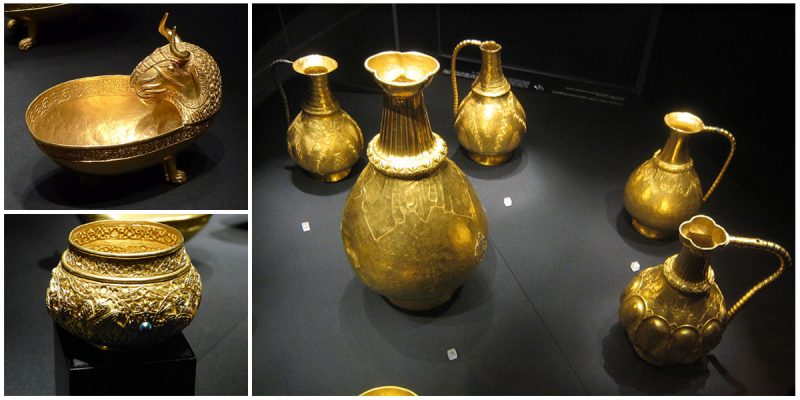On 3rd July 1799, a significant hoard of twenty-three early medieval gold vessels was found in an iron chest by Neru Vuin, a Serb farmer, near the small Hungarian town of Nagy Szent-Miklós in northern Banat, in total weighing 9.945 kg.
The treasure is known as the Treasure of Nagyszentmiklós and most probably was hidden between 795 and 803, and unearthed roughly thousand years later.
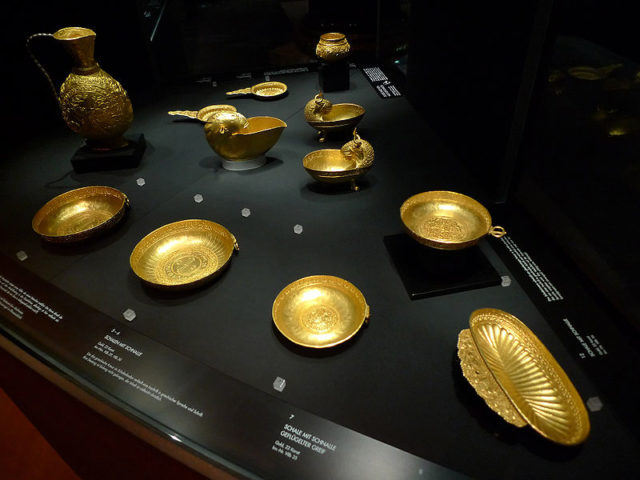
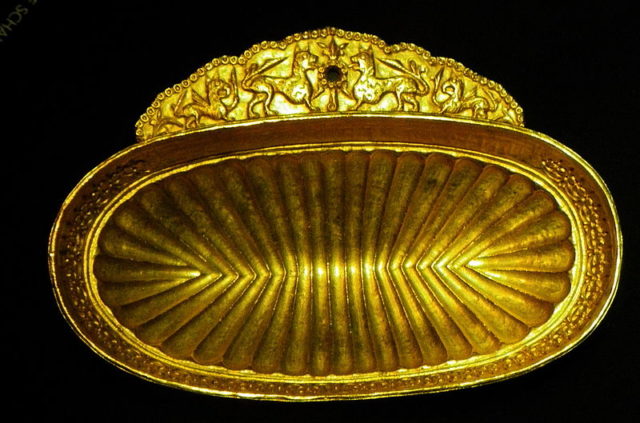
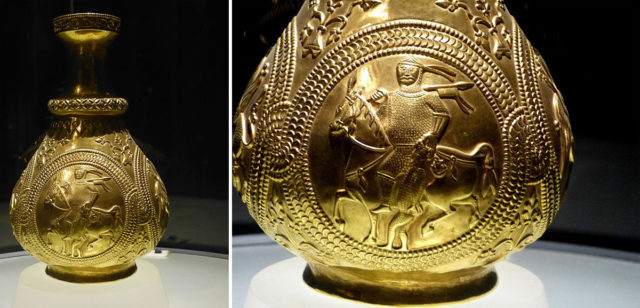
In the last 200 years, hundreds of scientists studied the treasure of Nagyszentmiklós but the mystery remains: when were the dishes made, who made them, who owned them, why were they made in an odd number, who and why hid them?
The language of the inscriptions on the vessels of the Treasure is not clearly known, and the inscriptions on some pieces have increased the complexity of the arguments rather than reduced them.There is an inscription in Greek and 14 short inscriptions in a Runiform script (an old Turkic alphabet).
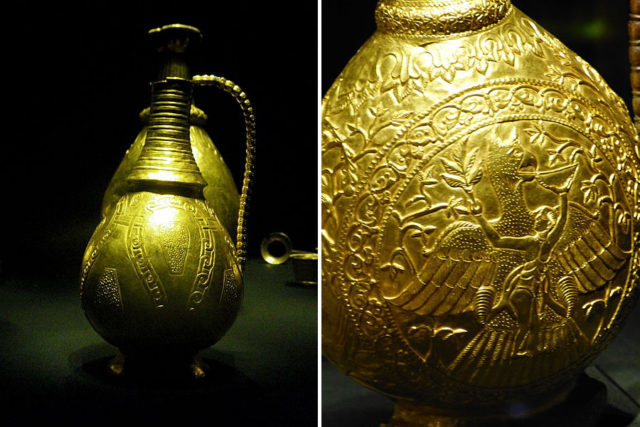
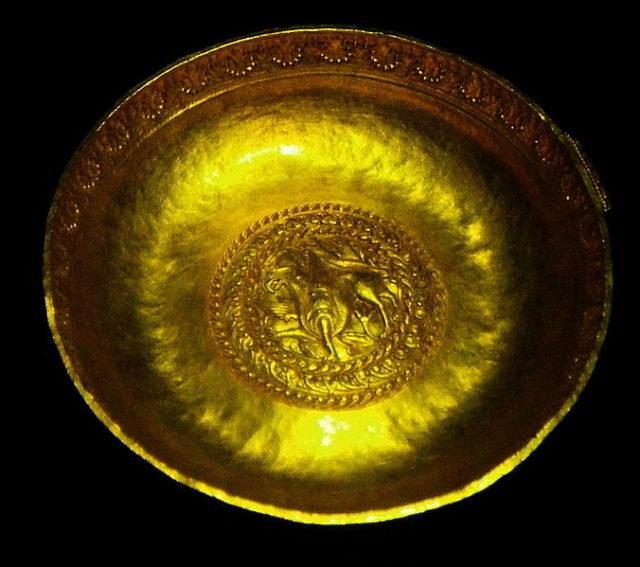
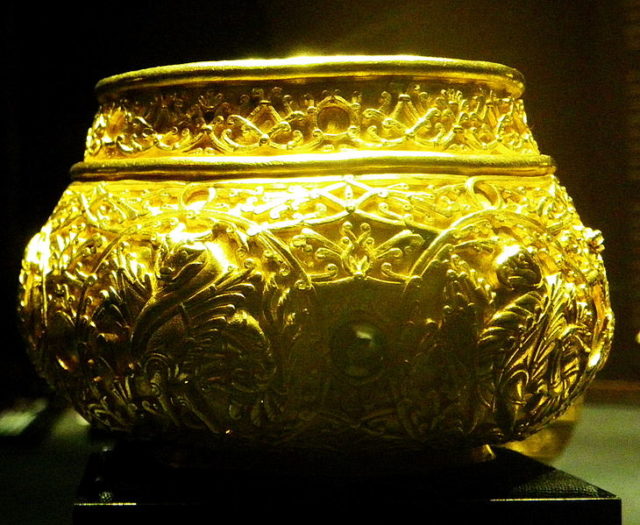
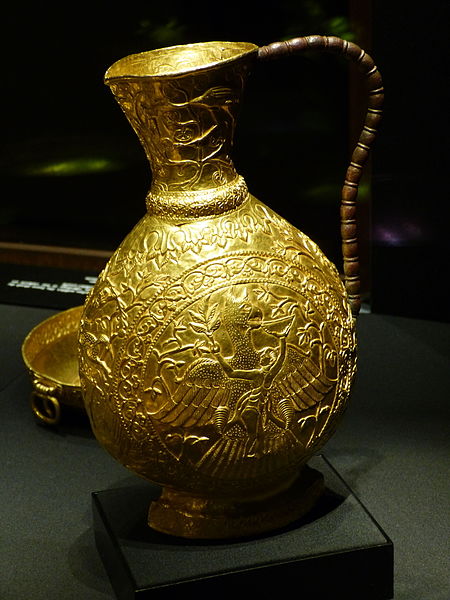
The historians have different views towards the dating and the origins of the pieces, and the background in which they were made. The pieces of the Treasure were manufactured at different times and by different masters.
According to one theory, the treasure was made in the 8th century by the Avars, a nomadic people of uncertain origins and ethnolinguistic affiliation.
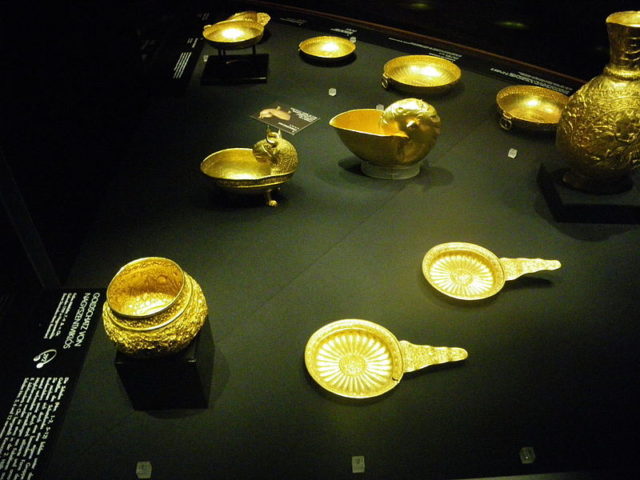
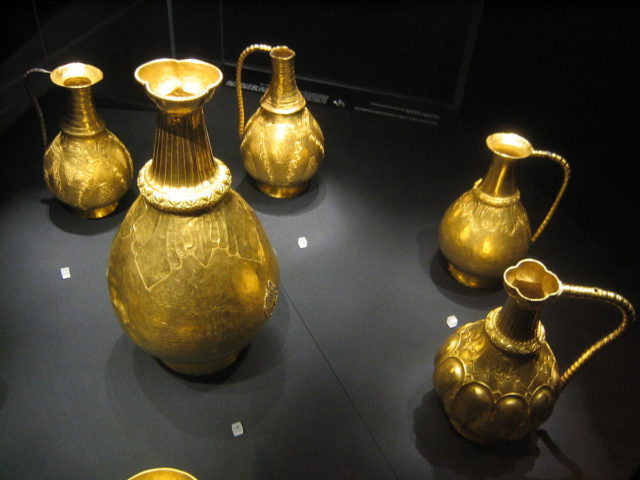
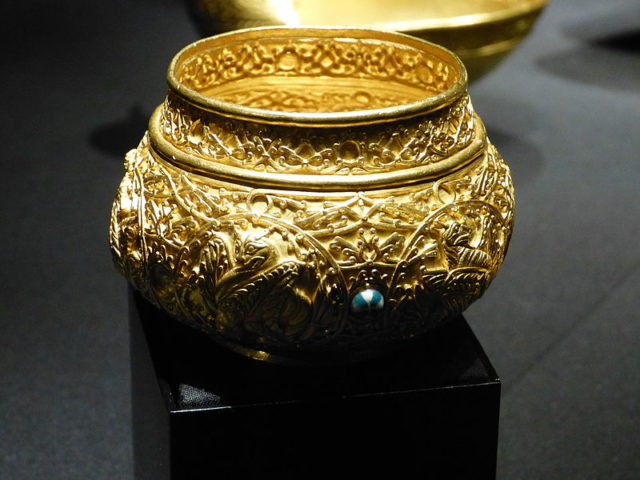
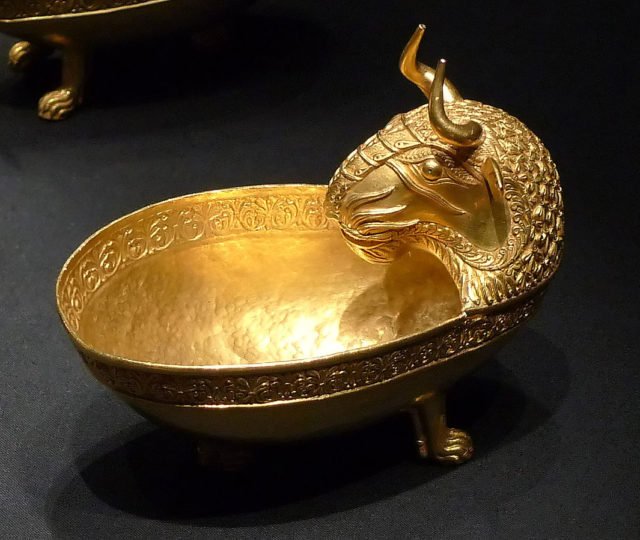
Another theory claimed that Bulgarians made the utensil in the 9th century, and according to another study the Magyars of the Original Settlement made the treasure in the 10th century.
The golden treasure was transferred to Vienna immediately after its discovery, and now it is on display at the Kunsthistorisches Museum.
